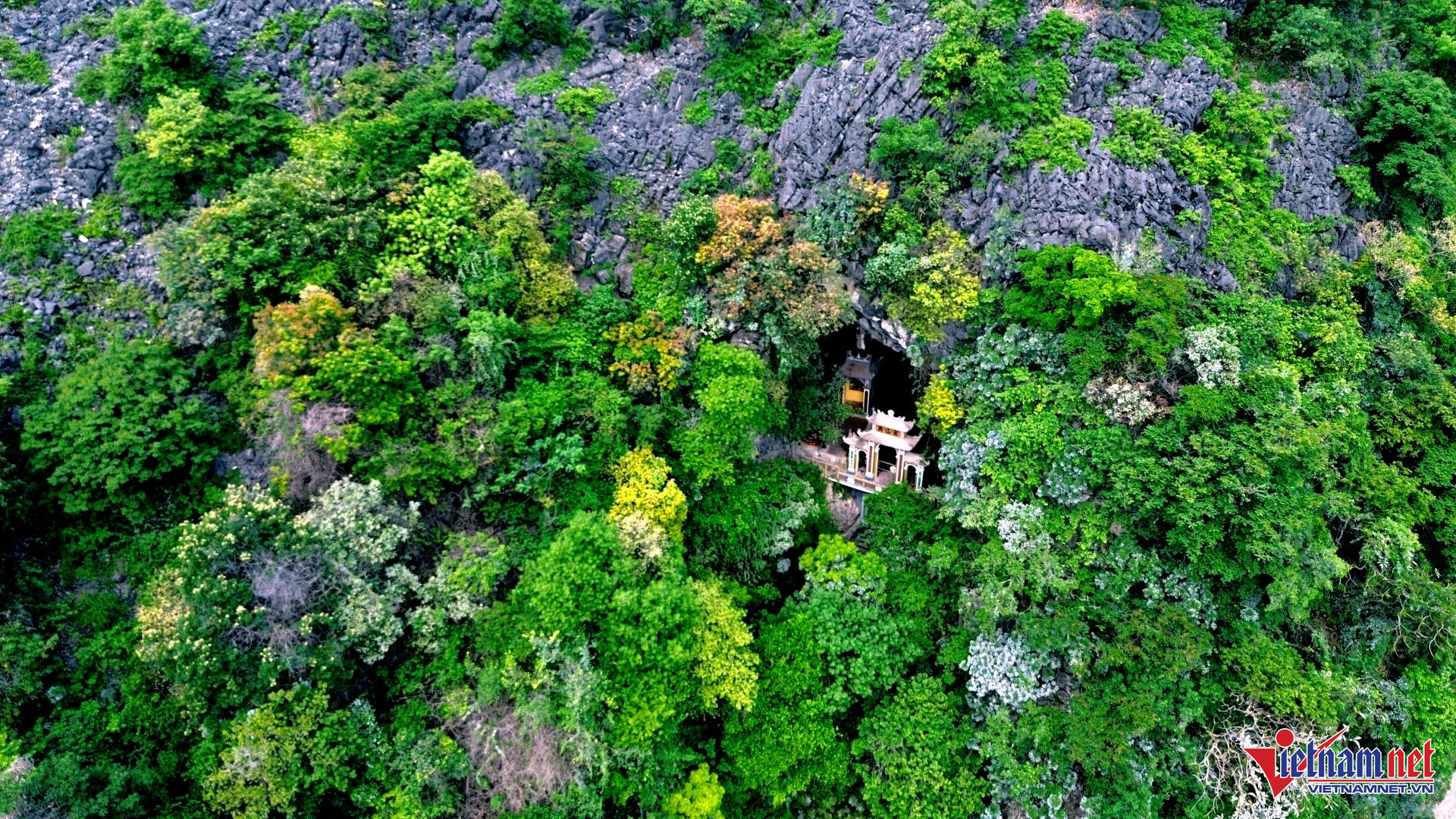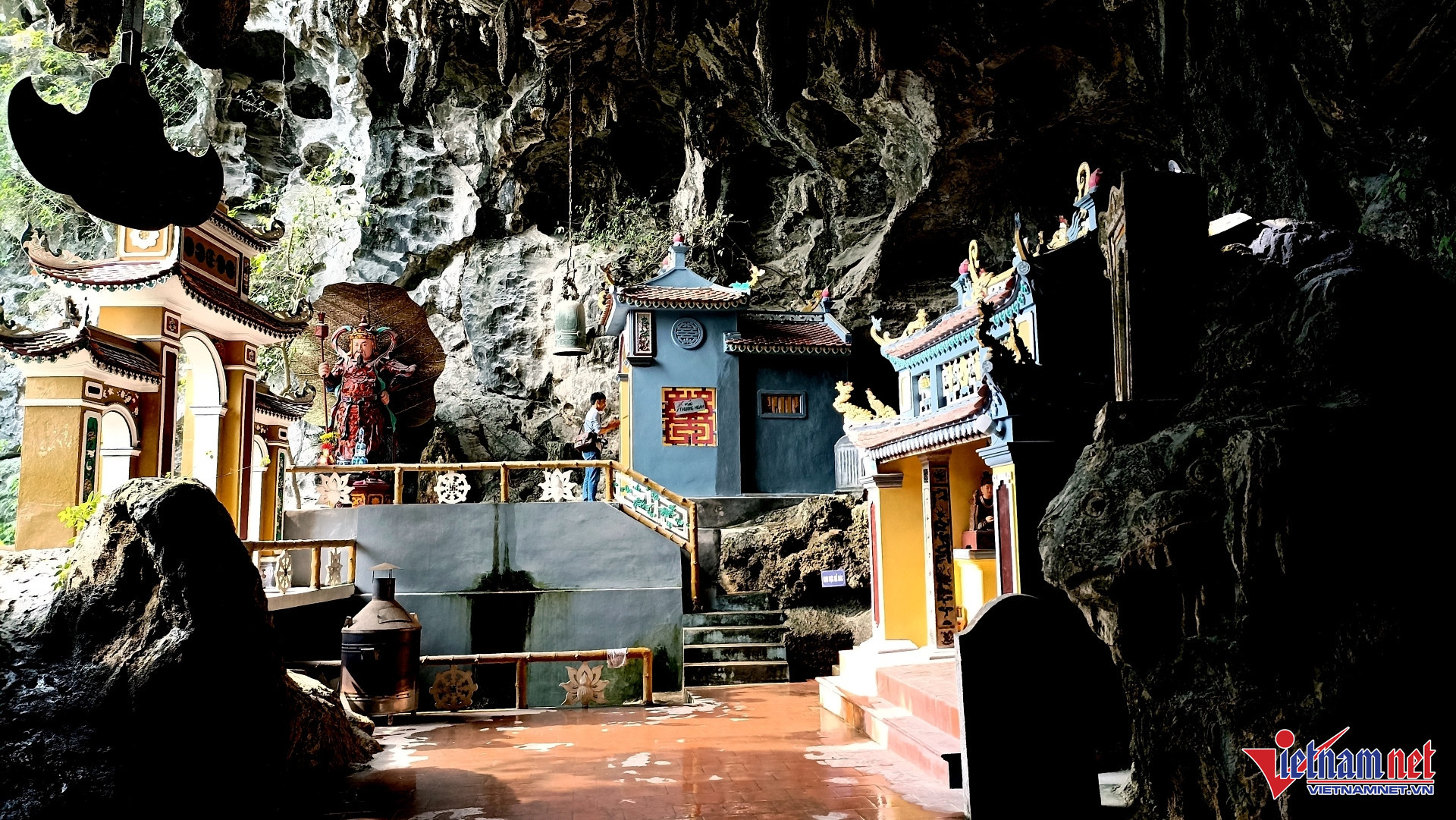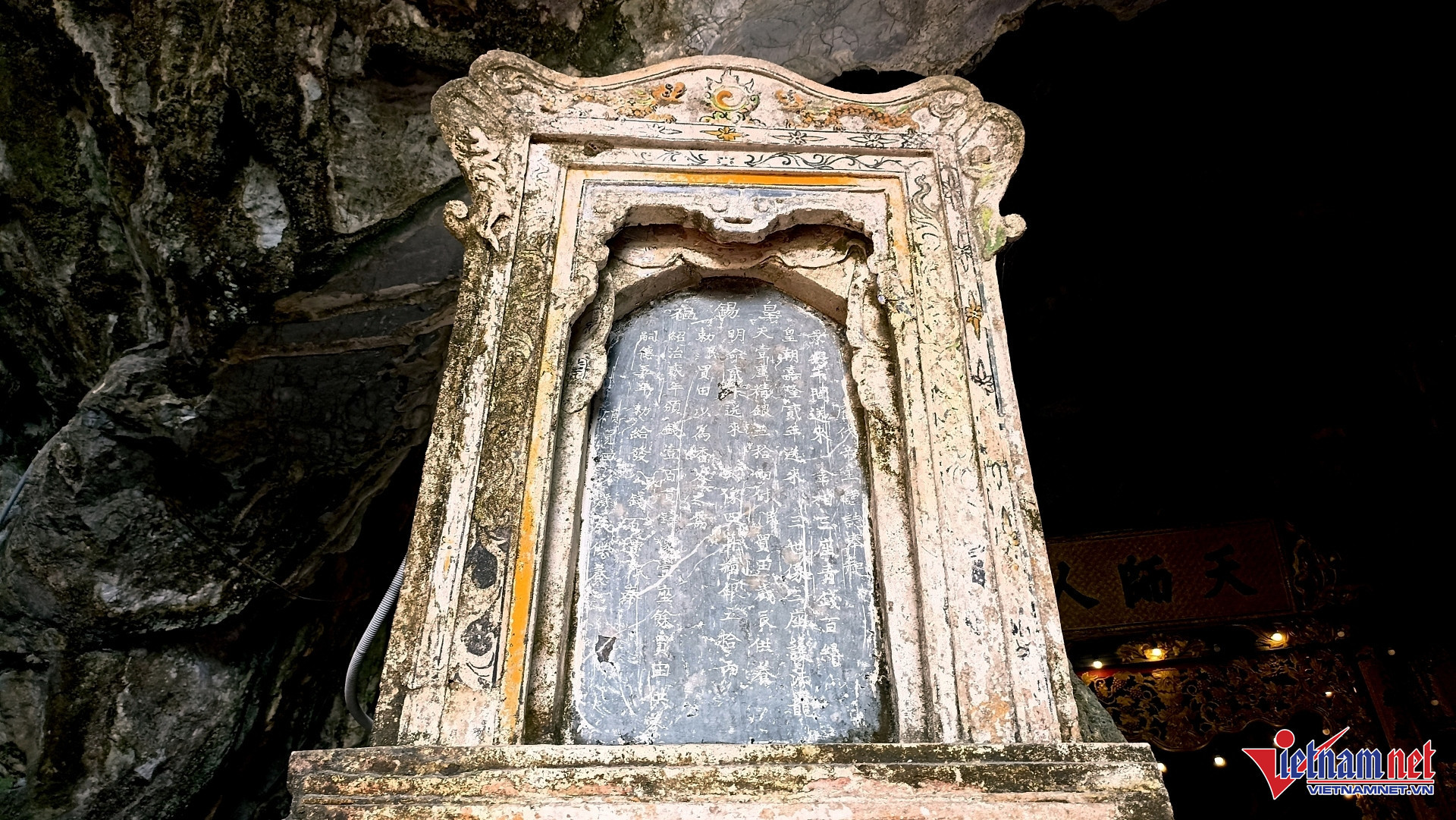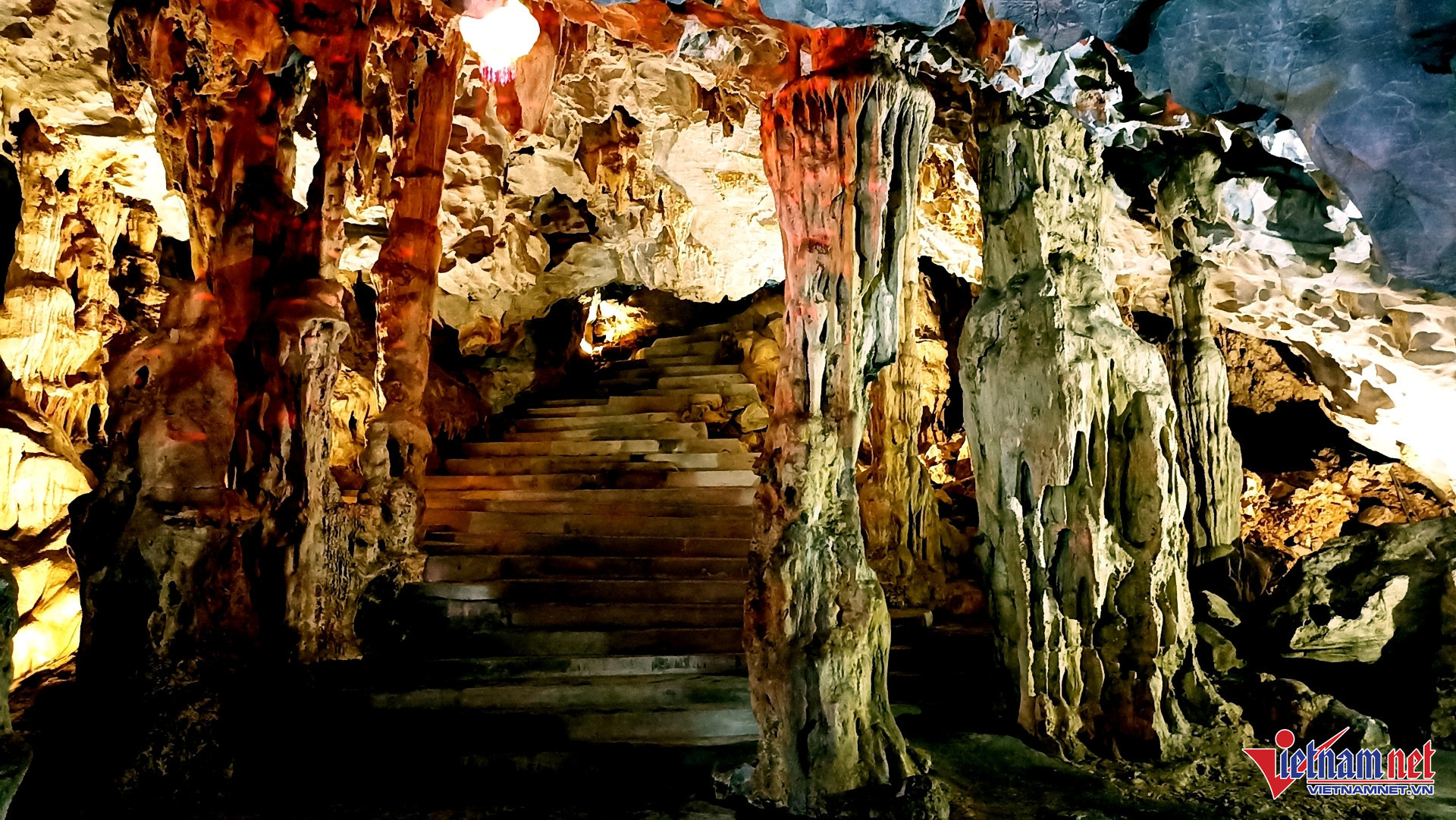Located halfway up Dich Long Mountain in Gia Thanh Commune, Gia Vien District, Ninh Binh Province, Dich Long Cave is a site of both natural splendor and spiritual significance. The cave houses a Buddhist temple, leading locals to refer to it as Dich Long Pagoda.
The cave was honored by Emperor Minh Mang during his inspection tour in 1821, when he bestowed upon it the title "Nam Thien De Tam Dong," which translates to "The third most beautiful cave in southern Vietnam."
Historical background

According to historical records, in 1739, a woodcutter discovered the cave while gathering firewood. Inside, he found numerous stalactites resembling Buddha figures, leading to the establishment of a shrine.
By 1740, local residents had built a path to the cave and constructed a pagoda named "Nham Son Cave Co Am Pagoda," which translates to "Co Am Pagoda and Nham Son Cave."
In 1990, Dich Long Cave and its associated structures were recognized as a national cultural and historical site. The complex includes a stone pavilion supported by 16 monolithic stone columns, a temple dedicated to Ly Quoc Su (revered as Saint Nguyen by locals), Ha Pagoda, and a Buddhist garden.
Architectural and natural wonders




Visitors must ascend 105 stone steps from the foot of the mountain to reach the cave entrance. In front of the cave, there are shrines dedicated to Ba Chua Thuong Ngan (the Mountain Goddess) and Duc Thanh Mau (the Holy Mother).
Dich Long Cave is divided into two main sections: the Light Cave and the Dark Cave, both of which are adorned with a myriad of stalactites in various shapes, including figures resembling Buddha, a kneeling elephant, a lion, a resting horse, an elephant drinking from a jar, and a tiger sipping from a basin.
The cave's unique structure consists of three interconnected caverns. When standing at the entrance, visitors can hear the wind whistling through the cave, creating a sound reminiscent of a flute. This natural phenomenon has led locals to nickname it the "Giant Stone Flute," with "Dich" meaning flute and "Long" meaning wind.
Cultural significance
Inside the cave, there are several altars and a stone stele inscribed with Chinese characters. The cave and pagoda also served as a revolutionary base during the resistance against the French colonialists, housing weapons and serving as a production site for military equipment.
Nguyen Huong Lan, Deputy Head of the Culture and Information Department of Gia Vien District, shared that Dich Long Pagoda is currently managed by the Gia Thanh Commune People's Committee. Despite its historical and cultural value, the site has yet to be developed into a formal tourist destination, with most visitors being locals.
Every year, on the 6th and 7th days of the third lunar month, the people of Gia Thanh Commune hold a festival at Dich Long Pagoda to pray for peace, bountiful harvests, and a prosperous and happy life.
Tran Nghi